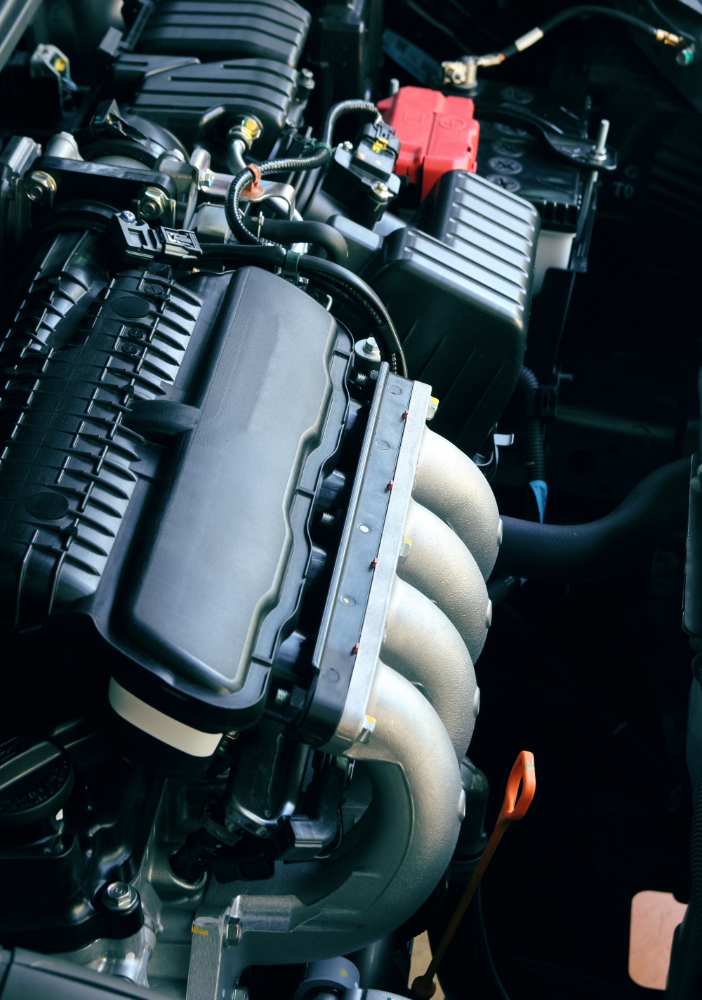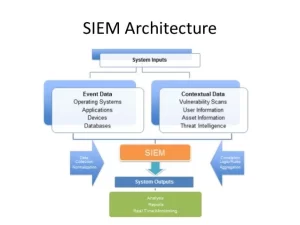Every powerful engine roar begins with a quiet hero — the starter motor. Though small and often overlooked, the starter motor plays one of the most crucial roles in any internal combustion engine: it gets the engine running.
From cars and motorcycles to marine engines and heavy machinery, the starter motor is the first to act when you turn the key or push the start button. Without it, your engine wouldn’t even begin to turn over.
Let’s explore what a starter motor is, how it works, and why it’s so important to your vehicle or machine.
What Is a Starter Motor?
A starter motor is a small electric motor that initiates the operation of an internal combustion engine. It works by cranking the engine to begin the combustion cycle. Once the engine starts and takes over, the starter motor disengages.
It might only run for a few seconds, but without it, the engine simply can’t start.
How Does a Starter Motor Work?
The starter motor is powered by the vehicle’s battery and works through a series of coordinated components:
-
Ignition switch: When turned (or pressed), it sends power from the battery to the starter motor.
-
Solenoid: Acts as a relay, engaging the starter gear and allowing current to flow to the motor.
-
Pinion gear: The small gear on the starter motor shaft that meshes with the engine’s flywheel.
-
Flywheel: Attached to the engine crankshaft; the pinion gear turns this to start the engine.
When the ignition is engaged:
-
The solenoid pushes the pinion gear into the flywheel.
-
The starter motor spins the gear, turning the engine over.
-
Once the engine fires up, the pinion gear retracts automatically.
Types of Starter Motors
There are several types of starter motors depending on the application:
-
Electric Starter Motors: The most common type found in modern cars and trucks.
-
Pneumatic Starters: Used in large diesel engines and aviation, using compressed air.
-
Hydraulic Starters: Common in heavy equipment and marine engines for high torque starting.
-
Inertia vs. Pre-engaged Starters: Inertia types use flywheel motion to engage, while pre-engaged designs use a solenoid for direct engagement, providing smoother starts.
Why the Starter Motor Matters
Although it operates for just a few seconds, a faulty starter motor can bring your day (or an entire operation) to a halt. Here’s why it’s critical:
-
Essential for engine start-up
-
Delivers initial rotation force (torque) to the engine
-
Protects electrical systems by controlling high current flow
-
Automatically disengages after engine starts to avoid damage
Signs of a Failing Starter Motor
A worn-out or failing starter can leave you stranded. Here are some common symptoms to watch for:
-
Clicking sound when turning the key
-
Engine doesn’t crank or turns over slowly
-
Starter runs but doesn’t engage the engine
-
Intermittent starting problems
-
Smoke or burning smell near the starter
Common Causes of Starter Motor Failure
Several factors can cause the starter motor to wear out or fail:
-
Worn brushes or armature
-
Faulty solenoid or starter relay
-
Damaged pinion gear or flywheel teeth
-
Corroded electrical connections
-
Overheating due to prolonged cranking
Regular inspections and timely replacement can prevent bigger problems.
Starter Motor Maintenance Tips
While starter motors are generally low-maintenance, here are a few tips to extend their life:
-
Keep the battery in good condition — a weak battery strains the starter.
-
Avoid cranking the engine for more than 5 seconds at a time.
-
Check and clean battery terminals and wiring for corrosion.
-
Listen for unusual noises — grinding or whining could mean gear wear.
-
Have your starter tested during regular vehicle servicing.
Final Thoughts
Small in size but mighty in function, the starter motor is a vital part of any engine-powered machine. It sets everything in motion, reliably and quickly, often without us even thinking about it.
Whether you’re heading out on a morning commute, starting a generator in an emergency, or firing up a ship’s engine, remember: none of it happens without the starter motor first spinning to life.






